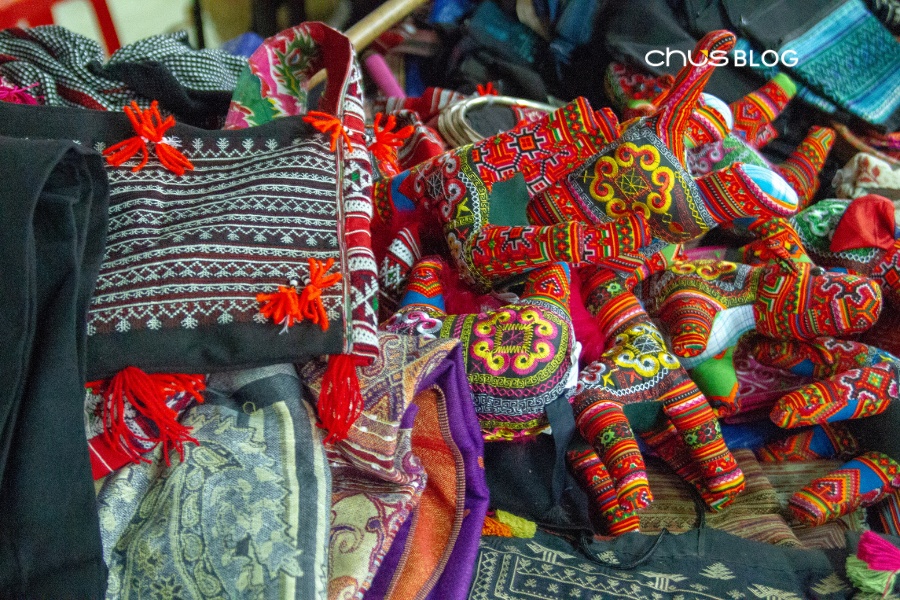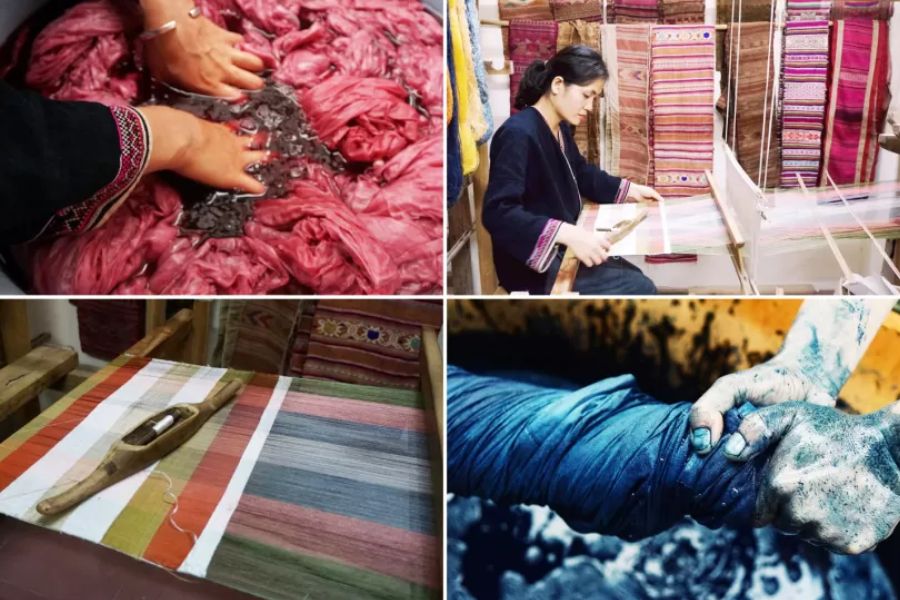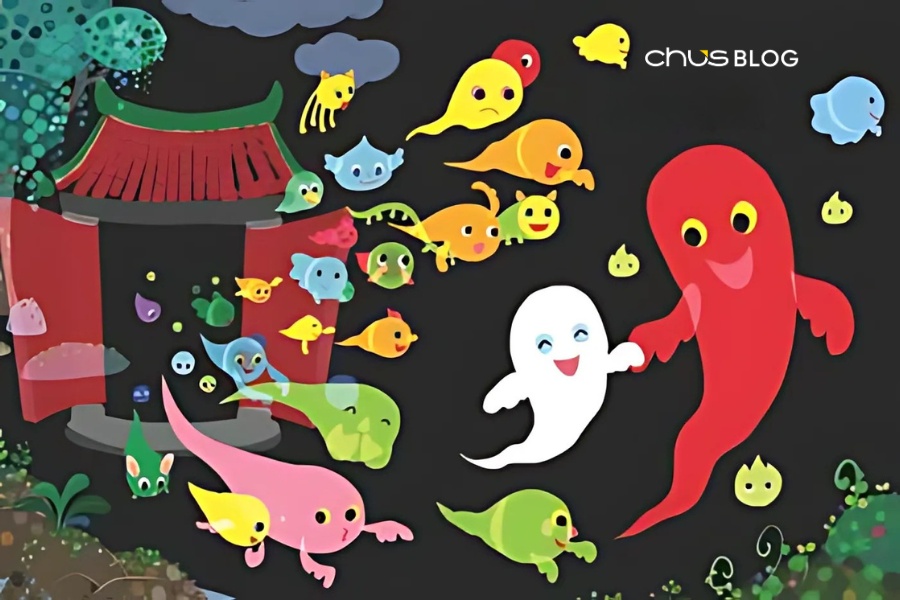- May 1, 2024
Light Roast Coffee VS. Dark Roast Coffee - Which Is Better?
Coffee roasting, the process of applying high heat to green coffee beans, transforms them into the familiar roasted beans we consume. This process not only alters the beans' color but also significantly impacts their internal chemical structure, unlocking their unique flavors and characteristic aroma.
While simply altering the roasting level can create distinct flavor profiles within coffee beans, many health-conscious individuals may wonder: is light roasted coffee truly superior to its dark roasted counterpart in terms of health benefits? Let's delve deeper with CHUS to explore this question.
What is light roast coffee and dark roast coffee?
Light Roast Coffee
Light roast coffee, achieved through a specific roasting process, reaches an internal temperature of 195-205°C. This method typically stops at the first crack, resulting in light brown, dry, and oil-free beans. Characterized by high acidity, gentle flavors, and natural sweetness, light roasts retain the inherent bitterness of young coffee beans while showcasing their unique fruity and floral aromas. This delicate roast yields a complex and nuanced flavor profile.

Dark Roast Coffee
Dark roast coffee, subjected to high temperatures (240-250°C), develops a dark brown to black, oily surface. This intense roasting process creates a bold, robust flavor profile with prominent bitterness and minimal sour or sweet notes. Often used in blends for richness, dark roast coffee is favored for its characteristic notes of bitter chocolate, nuts, caramel, and sometimes smoke. Its simpler, richer, and consistent flavor profile makes it a popular choice for those who prefer traditional coffee experiences.

Is light roast coffee better or dark roast better?
While dark roasts often dominate both commercial coffee and consumer preference, some within the Specialty coffee world favor light roasts for their perceived superior sophistication and higher antioxidant content. However, this binary view is inaccurate, as both roasting profiles offer distinct advantages and cater to different taste preferences.
Caffeine: A common myth is that dark roasted coffee contains more caffeine. However, the truth is that light roast coffee actually has a slightly higher concentration of caffeine than dark roast coffee.
Antioxidants: Coffee is rich in antioxidants – including polyphenols and hydrocinnamic acid – these antioxidant compounds have anti-inflammatory and protective properties, improving health and reducing the risk of disease. on cardiovascular disease and type 2 diabetes. In particular, light roasted coffee is said to retain more polyphenols than dark roasted coffee.

Acidity: Coffee is naturally acidic and the level can vary depending on the type of bean and brewing method. Acidity is not necessarily a bad thing, in fact, it plays an important role in creating the delicious flavor of coffee. These acids can combine to form chlorogenic acid, a substance linked to many health benefits such as weight loss and blood sugar control. However, the high acidity in light roast coffee can often be unsuitable for people with stomach problems. Meanwhile, dark roasted coffee has lower acidity and is often easier on the stomach.
How to Prepare: In the Espresso pressure extraction method, dark roast coffee is often preferred because it takes less time to brew. The balance of smooth caramel flavor and moderate viscosity easily combines with milk to create delicious Espresso drinks.

In the method of making coffee by soaking or pressing, the roasted and ground beans often depend on the brewing tool. For example, when using a French Press, medium to dark roast coffee is often preferred. On the contrary, with a Siphon pot, light roasted coffee is the ideal choice.

With the Pour Over brewing method, light roasted coffee is often the most popular because the beans are less processed, resulting in a delicate, balanced and multi-layered flavor, creating a unique essence for the cup of coffee.

Personal Preference: Ultimately, choosing between light roast and dark roast coffee comes down to personal preference. Some people prefer the delicate and complex flavor of light roast coffee, while others prefer the rich and strong taste of dark roast coffee.
Conclusion
There is no definitive answer as to whether light roast coffee is better than dark roast coffee. Each type of roast has its own characteristics and benefits. The most important thing is to find the type of coffee that suits your taste and health needs. Consult a reliable source of information and experiment with different types of coffee. Whether you choose light roast or dark roast coffee, the most important thing is to enjoy your cup of coffee the way you like. Let's explore the hidden things in the world of Vietnamese coffee with CHUS, who knows, maybe you'll find your own coffee taste.











